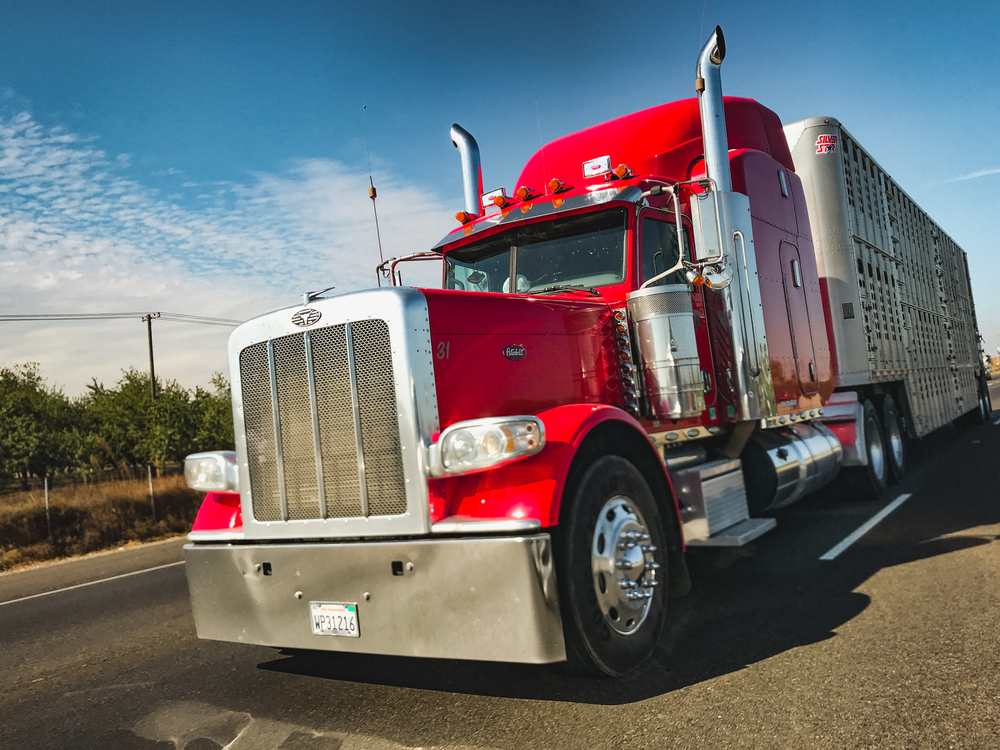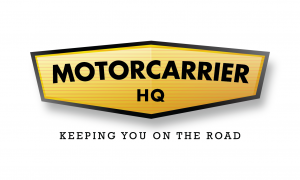August 3, 2022
What Drivers Can Do Now to Prepare for Economic Downturn

Independent truckers are understandably concerned with the immediate future of their small businesses. With recession fears on the rise and fuel prices hamstringing efforts to cut costs, owner-operators who previously enjoyed the freedom and flexibility of running the show themselves now represent a vulnerable segment of the nation’s economy.
In keeping with our recent theme of money saving tips, resources, and more efficient business practices for small business truckers, we’ve highlighted some of the key preparatory actions owner-operators should take to gear up for the months ahead.
Monitor Trends in Local, Regional, and Nationwide Trucking
The economy at large is a complex mass of moving parts — even the experts can’t predict how it will evolve with 100% accuracy. That said, it pays to follow the broad trends of inflation, fuel prices, and global factors making a direct impact on your business. Owner-operators will likely be forced to adapt to leaner circumstances soon or face tough decisions when it comes to how they operate. The better they understand how their business fits into the big picture, the simpler it will be to identify ways of eliminating debt and cutting unnecessary operating costs.
It’s not all doom-and-gloom though. Despite a few months of tough financial reports, Haulin’ Assets founder Chris Vernon discussed bringing two additional trucks online over the past month in this recent June 2022 Financials episode of the Haulin’ Assets podcast. Business growth is still possible and weathering the storm of economic uncertainty is still very much an option even for new owner-operators. The key is preparing now with strict priorities and healthy business habits that add up to meaningful savings in the long run.
Use Good Times Wisely
An important step for any small fleet or owner-operator that is repeated again and again by industry veterans is to pay down your debts when the money is good. Ebbs and flows to your business’ income will always be a part of operating a trucking business, but how you choose to spend income after a big month or two will have exponential consequences on your business’ long-term trajectory.
In the latest Haulin’ Assets episode, Chris details the importance of setting up a company well from Day 1 to manage times of low income, runaway inflation, or limited work availability. Those times often aren’t limited to a span of a few months but can extend for a year or more. Plan accordingly by paying off debts, organizing your cash flow, and prioritizing preventative maintenance to keep all your expensive equipment operational and safe.
Clean Up Expenses with Better On-The-Road Habits
You could also file this tip under “track every dime of your expenses like your business’ very existence depends on it.” Relatively small-scale expenses may not seem like much when you’re out grabbing snacks from a fuel station or keeping your engine running on a cold night on the road, but there are plenty of places to trim the fat in your balance sheet before resorting to selling a truck or closing up shop entirely. We’ve covered the importance of these daily habits in greater detail here, but here are some of the key points:
- Pack a cooler and plan your meals ahead of time
- Don’t overextend your data when free wifi is available
- Clean up your cash flow with automatic bill payments and proper client vetting
- Learn which of your business expenses are tax-deductible
- Take advantage of trucking associations, fuel cards, and other resources designed for keeping owner-operators afloat
- Don’t waste fuel on deadhead miles
- Utilize Motor Carrier HQ’s library of resources, tools, and blogs to safeguard your own business
Of course, most of these resources are only impactful if you’re following our golden rule around here — keep track of everything.
Ensure Your Financial Data Is Accurate
Keeping the financial end of your business in order is crucial no matter what the economy looks like. The only way to know when trucks are due for maintenance, which fees have been paid, which customers tend to fall behind on payments, and how much cash you’ll have on hand in the coming month is through careful documentation of your expenses. Perhaps more importantly, keeping your books clean is the only way to generate actionable data on your current efficiency as an owner-operator and how to improve your business.
We talk a lot about cost-per-mile, changing fuel costs, and appropriate rates for big jobs around here. Those figures are difficult to confidently express or improve upon without accurate data, and nothing will sink a new owner-operator faster than an ill-timed audit on a business without a good grasp on its financial status.
Lean on Your Network
Building a network of people you trust within the industry can be a powerful shield against an economic downturn. When you’re known for reliable, on-time work, partners are much more likely to consider your business worth the price even when budgets are slim.
For brand new owner-operators this may not be feasible but seize every opportunity to extend relationships with job givers beyond a one-time listing on a job board. Small businesses may never be as protected from hardship as large-scale businesses with fleets of vehicles at their disposal, but you can still form partnerships that can keep you afloat through times of difficulty.
Focus on Changes That Improve Cost-Per-Mile
Minimize fuel costs by incorporating these tips from our blog on the power of good driving habits. As financial pressures mount, it can be tempting to take on more work (if available) and drive further from your home base to ensure cash keeps coming in. There’s nothing wrong with that — just be sure you’re getting the most out of your completed jobs by optimizing your cost-per-mile.
One of the biggest ways owner-operators can influence their cost-per-mile is to simply slow down. The incentive to get jobs done quickly often pushes drivers to exceed their engine’s “sweet spot”, usually at or below 1500 rpm, which drives fuel economy down and exacts a heavy price at the pump. Additionally, trying to get a manual rig to move fast in a low gear or, in other words, waiting for the engine to run up to an excessively high RPM before shifting consumes about 45% more fuel than is needed.
Drivers should also pay close attention to each of the following contributing factors to wasted fuel and needless on-the-job expenses:
- Unnecessary idling
- Poor vehicle aerodynamics
- Fuel cards that don’t benefit your specific region
- Failing to plan stops ahead of time for the best-priced fuel
The Motor Carrier HQ team understands how challenging it can be to build a business from scratch. We have tons of helpful compiled resources for new owner-operators to ensure your undertaking is given its best chance to succeed. Be sure to check out our list of free resources and our recent post on affording the jump to owner-operator.




